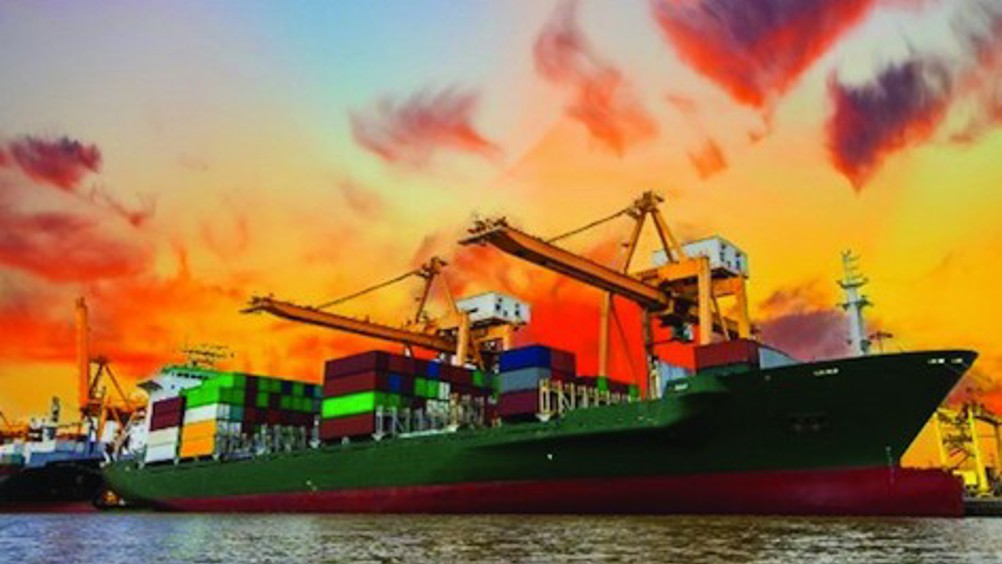International collaboration aims to launch eco-friendly ships
Singapore’s Agency for Science, Technology and Research (A*STAR), Sembcorp Marine, Glasgow University and University of Glasgow Singapore (UGS) are to collaborate on new hull designs for large ocean-going vessels.

Under the three-year memorandum of understanding, A*STAR’s Institute of High Performance Computing (IHPC), Sembcorp Marine, Glasgow University and UGS will use computational modelling and visualisation technologies to design vessels with improved hydrodynamics for better fuel efficiency.
In addition, they will investigate features to reduce exhaust emissions and discharges by enhancing the vessel’s scrubber and ballast treatment services. Currently, maritime transport carries about 90 per cent of all international trade and accounts for three per cent of global greenhouse gas emissions.
Under the research collaboration, Sembcorp Marine and IHPC will analyse and improve gas abatement technology, using an enhanced scrubber design to address the emission of harmful gases like sulphur oxides (SOx), nitrous oxides (NOx), particulate matter and greenhouse gases, in particular CO2, from the ship’s heavy fossil fuel burning combustion engines.
Such designs and technology are also needed to meet the International Maritime Organisation’s new 2015 standards on ship-related air pollutants and marine environmental issues.
Register now to continue reading
Thanks for visiting The Engineer. You’ve now reached your monthly limit of news stories. Register for free to unlock unlimited access to all of our news coverage, as well as premium content including opinion, in-depth features and special reports.
Benefits of registering
-
In-depth insights and coverage of key emerging trends
-
Unrestricted access to special reports throughout the year
-
Daily technology news delivered straight to your inbox










National Gas receives funding to develop Gravitricity underground hydrogen storage system
There can't possibly ever be a '<i>business</i>' case for the <i><b>bulk</b></i> storage of hydrogen, since Green hydrogen electrolysis...